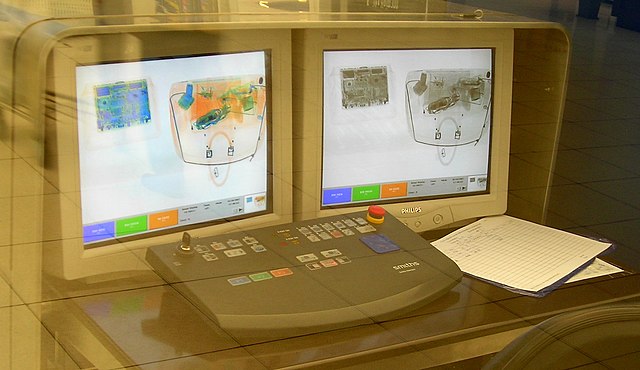In the past, I had explained why bus journeys are fun. But there is, one thing more fun than a bus ride. A ride in a Double Decker.
While many cities including Bangalore, Hyderabad and Delhi had double deckers earlier, only a handful of them continue to operate them, namely Mumbai, Kolkata, Kochi and Solapur.

Now, Double Deckers have been in Mumbai since the 1930s. In the last few years, there were talks of BEST scrapping them, but they decided not too, saying that they were an irreplaceable part of the city’s heritage. Among the reasons for scrapping them were: Extra cost in maintenance, difficulty in maneuvering, and the fact that they required two conductors, one at each level.
But, but but, they were not scrapped, and we are thankful that have not been because they are really really fun to travel in.
BEST earlier used to ply them on 251 of the Oshiwara Depot from Versova to Andheri Station [West], but after the merger of the Versova and Yari Road Bus Stations into one, as well as the commencement of the Metro, they were replaced with regular buses, mainly due to the reduction in passenger traffic as well as height clearances on the West. They still run on the East, connecting Agarkar Chowk to SEEPZ due to height clearance from the Metro. Most of Mumbai’s flyovers are built at a height to allow double deckers to pass beneath them.
Among the prominent routes they run on, as 310 from Bandra Station [East] to Kurla Station [West], and 138 from Backbay Depot to Chhatrapati Shivaji Terminus. 138 enjoys a reputation because it not only plies within the CBD, but also because it plies along Marine Drive.
Now, for the fun:
Double Deckers are fun because there is no driver in the upper level. As a kid, I was known to run up and sit up front to enjoy the breeze hitting my face. I was also branded the black sheep of my family because I once sent my cousin crying down after I told him the upper level had no conductor and only grown-up children were allowed. I do not regret doing that. During every trip of mine, I used to run up to the top, just for the air to hit my face. On one of my trips, a friend of mine from Gurgaon, who had never been in a Double Decker got in with me. He was awestruck, and spent the the entire journey with his DSLR stuck to the front window, capturing footage of vehicles moving at at 8pm at Bandra Kurla Complex.
We have been known for playing games, with the conductor being complicit in our [mis]adventures. We used to pretend that the upper level of the bus was a vehicle with a mind of its own, and that we, along with the conductor had to stop it from running into an obstacles.
Double Deckers have become an inalienable part of our culture. It is unfortunate that several cities like Chennai and Bangalore cannot ply them because of height restrictions.
Truly, these buses are a gem!
Double Fun in a Double Decker. Share on XI am taking my Alexa rank to the next level with Blogchatter. Current rank: 461983 globally and 26696 in India.
![]()





![Chandigarh Transport Undertaking [CTU]'s Corona bus on Route 38 at the Mohali terminal of the airport.](https://upload.wikimedia.org/wikipedia/commons/thumb/8/83/CTU-38-Corona-IXC.jpg/640px-CTU-38-Corona-IXC.jpg)
